Top Melbourne chef shares the crucial secret behind his cloud-like gnocchi
The Greek-born chef at Tipo 00 is one of Australia’s greatest pasta makers. He shares his knowledge in a new cookbook.
Andreas Papadakis says it was a stint working as a chef on the Greek island Santorini that gave him his work ethic. Which you assume is just a cheeky way to open his cookbook, Tipo 00, The Pasta Cookbook.
But he is not joking. It was a tough gig that involved “working for seven months straight with no days off and a double shift every day”.
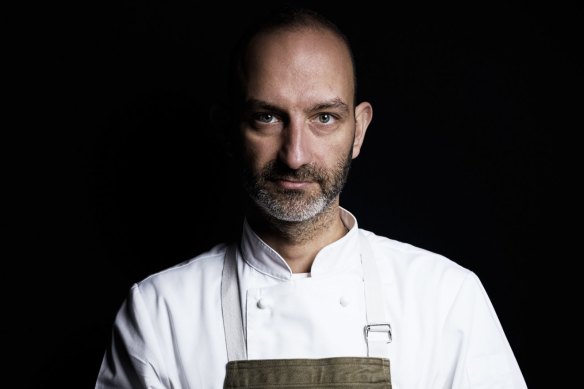
And it categorically confirmed in him a passion to be a chef.
His passion to craft the finest Italian pasta led him to buddy up with two other hospo pros and open Tipo 00 in Melbourne’s Little Bourke Street in 2014.
“We wanted to feed people well with beautiful ingredients in an atmosphere that was fun and casual,” he says.
Ten years on, crowds continue to spill into the street waiting to land a spot at one of the tables.
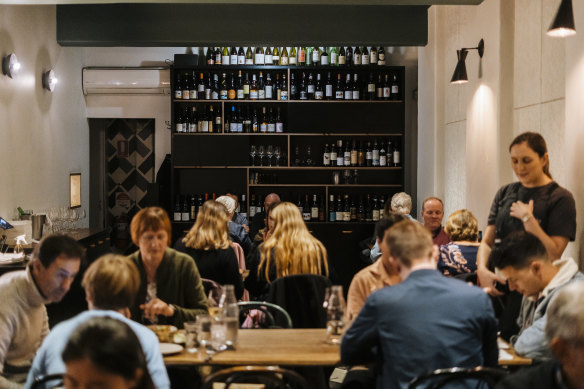
Tipo’s cloudlike potato gnocchi has been a menu fixture since the restaurant opened. Papadakis says there are two secrets to mastering the technique.
First, use sebago or russet burbank potatoes. Then make sure you are making the gnocchi dough with cooked but cool potato flesh. Start by cooking the potatoes with the skin on, then peel them while they’re hot and pass them through a drum sieve. This makes the potato very fluffy. Then crucially, you must cool it to room temperature before adding the remaining dough ingredients.
“The cold potato absorbs the flour better and doesn’t become gluey, as hot potato sometimes does,” Papadakis says.
Here, Papadakis shares Tipo 00’s recipe for gnocchi, along with step-by-step photographs to guide you in your quest. Served with one of the following two sauces – duck and porcini ragu or Napoli tomato sauce – that’s your next special dinner for two sorted. Ardyn Bernoth
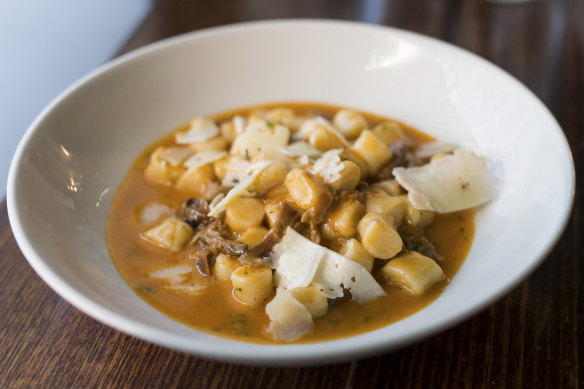
Gnocchi with duck and porcini ragu
This dish has been on the menu at Tipo 00 from day one. We use corn-fed duck legs for the ragu. The dish is finished with pecorino pepato, sheep’s milk cheese studded with whole peppercorns. If you can’t find it, you could use a good pecorino romano and some cracked black pepper instead.
The gnocchi and ragu recipes both make more than you need for two people – in fact, they will serve six – but the rest can be kept for another time. If, on the other hand, you’re cooking for more than two, you could increase the quantities of gnocchi and finishing ingredients accordingly, then complete the dish in several pans, unless you have a really large pan that will comfortably fit the amount of gnocchi and sauce so they can be tossed properly.
Step-by-step guide to perfect potato gnocchi
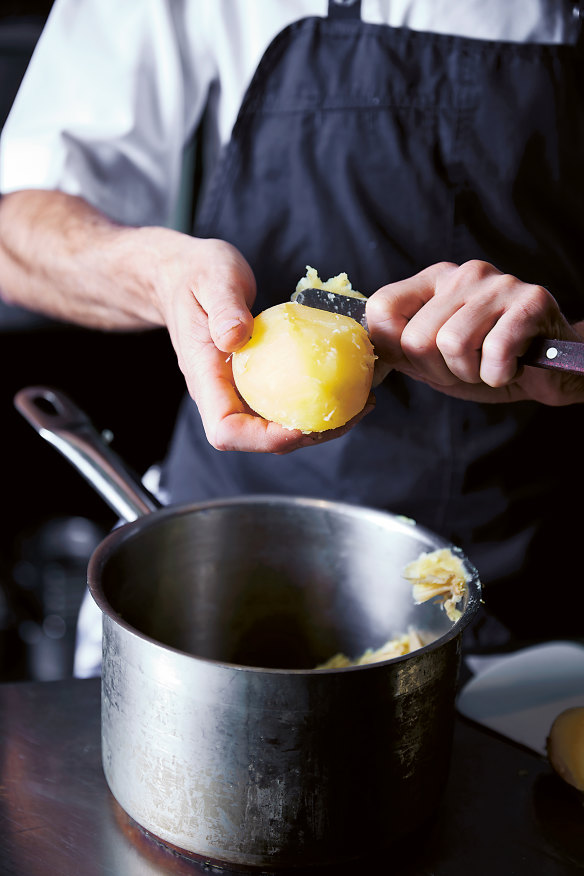
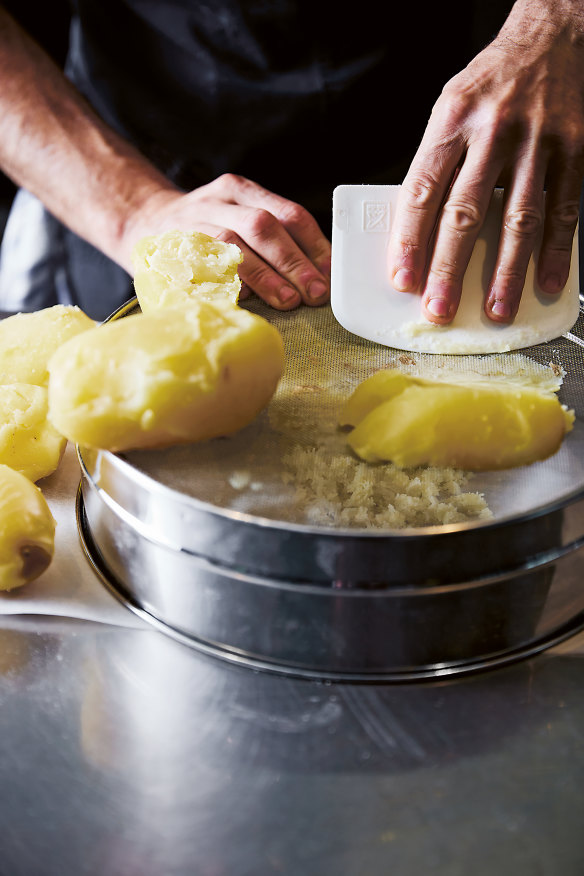
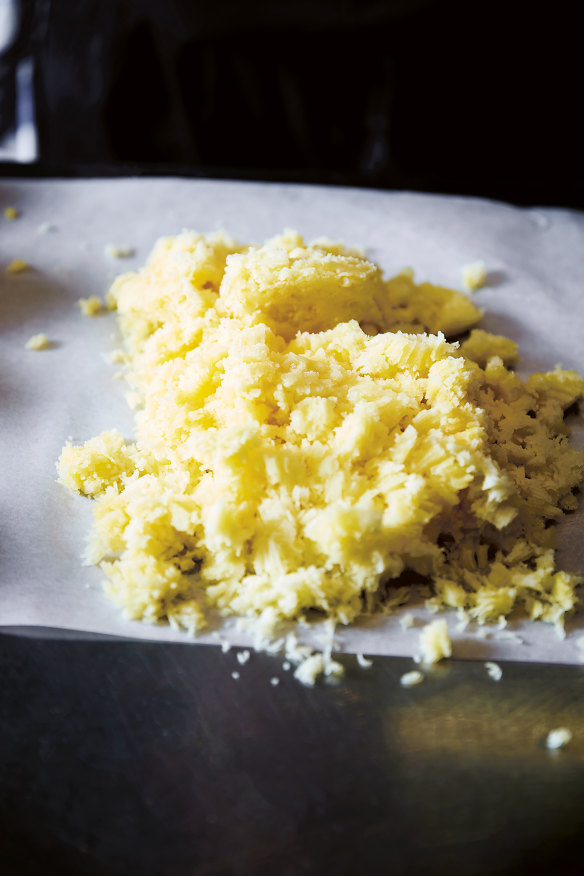

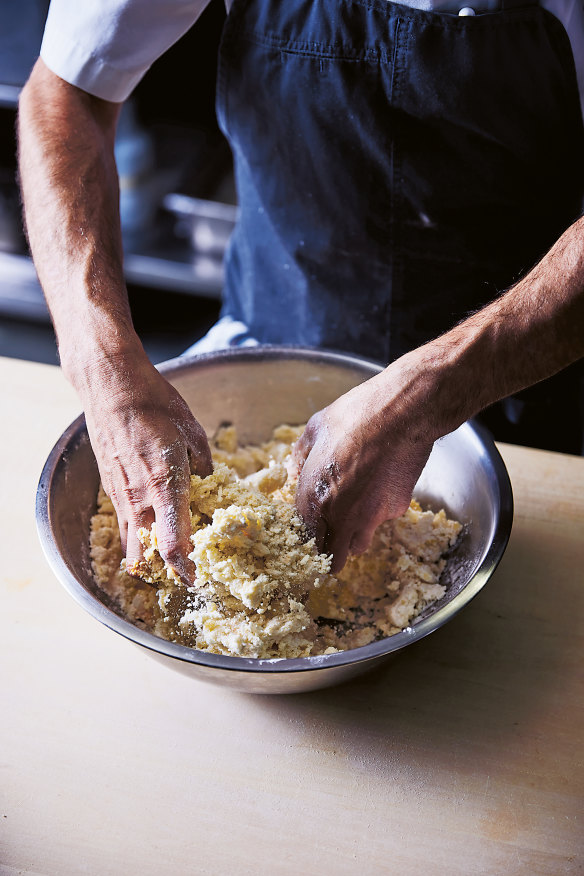
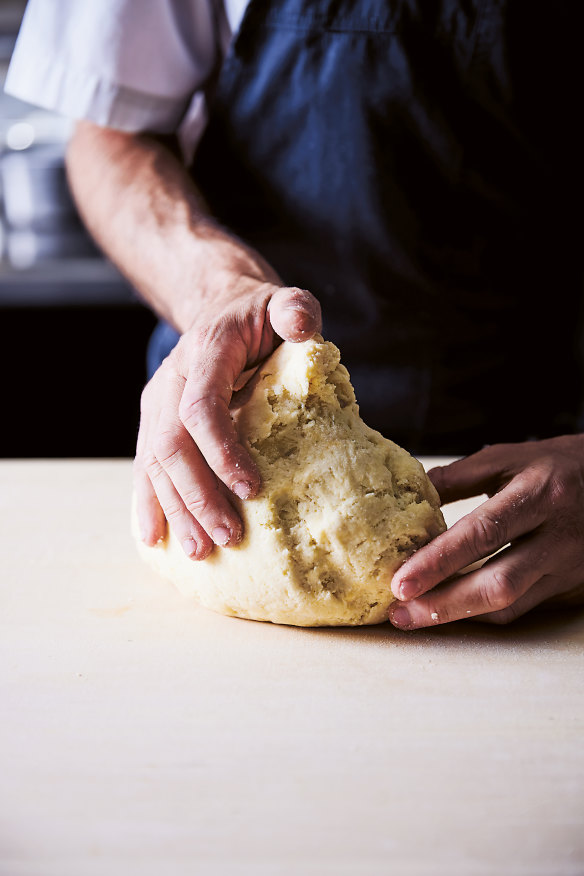
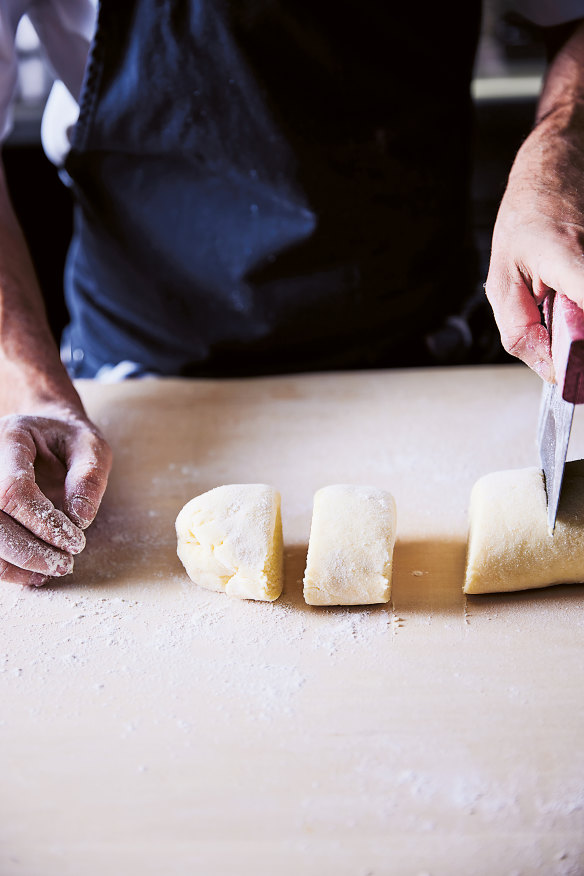
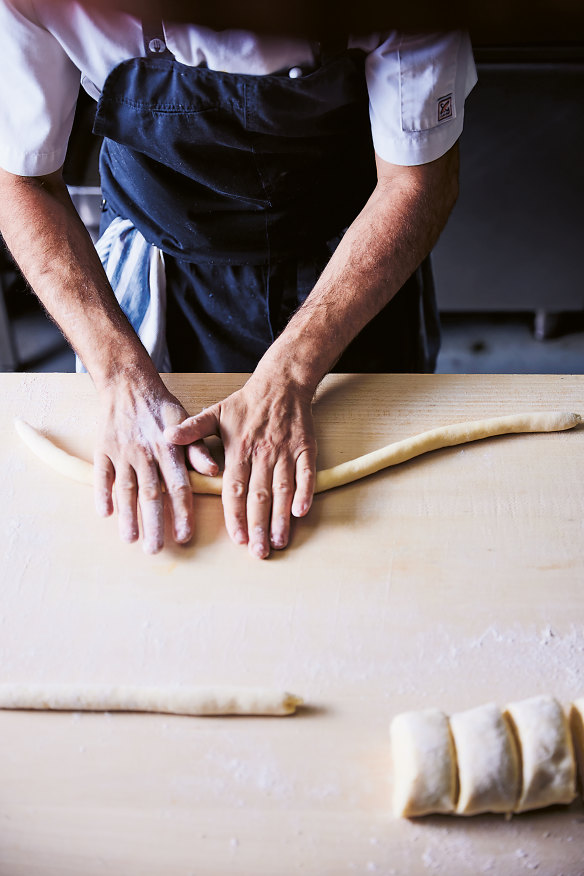
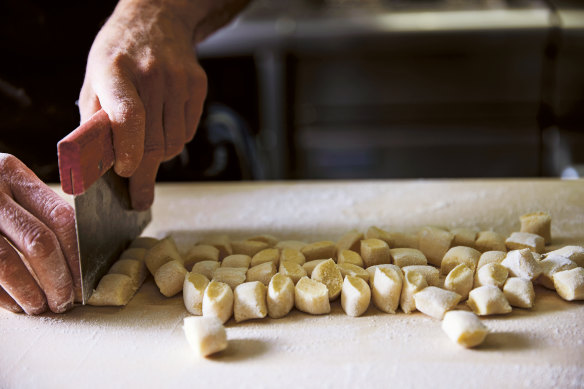
INGREDIENTS
For the duck ragu
- 6 duck legs, preferably corn-fed
- 1 carrot, diced
- 1 brown onion, diced
- 2 large garlic cloves, finely chopped
- 10g dried porcini, soaked in 250ml (1 cup) warm water for about 15 minutes
- 100g tomato paste
- 125ml (½ cup) dry white wine
- 750ml (3 cups) chicken stock
- 2 sprigs of sage
- 1 sprig of thyme
- 1 bay leaf
- sea salt
For the gnocchi
- 1.5kg sebago or russet burbank potatoes, skin on
- 300g 00 flour
- 50g finely grated parmesan
- 2 tsp sea salt
- 20g egg yolk (from 1 egg)
- pinch of freshly grated nutmeg
- olive oil
To finish
- 25g unsalted butter
- good pinch of finely chopped flat-leaf parsley leaves
- 35g finely grated parmesan
- 40g thinly shaved pecorino pepato
METHOD
- For the duck ragu, take the duck legs out of the fridge about an hour beforehand, season with salt and allow to come to room temperature. Preheat the oven to 150C fan-forced (170C conventional). Place a large heavy-based saucepan over medium heat. When it is hot, add the duck legs, skin side down, to render the fat, and cook until golden brown, about 5-6 minutes. Turn the legs over and cook on the other side for 2 minutes, then transfer to an ovenproof braising pan. Next add the carrot, onion and garlic to the saucepan and cook over medium-low heat until soft, about 3-4 minutes.
- Using a slotted spoon, gently lift the soaked porcini out of the liquid, disturbing it as little as possible – if any dirt has been dislodged from the mushrooms by the soaking liquid, you want it to fall to the bottom (reserve the liquid for later). Coarsely chop the porcini and add to the pan. Cook for 3 minutes, then add the tomato paste and let it caramelise for 2 minutes. Pour in the wine, stirring to deglaze, then simmer until reduced to a thick paste. Carefully add three-quarters of the mushroom liquid, leaving behind any grit or dirt, then add the stock and herbs, bring to the boil and season with salt.
- Pour the contents of the frying pan over the duck legs, cover tightly with a lid or foil and cook in the oven for 1½ hours, or until the meat falls off the bone.
- Meanwhile, for the gnocchi, wash the potatoes and put them into a pan of cold salted water. Bring to a boil, then simmer until tender (about 40 minutes) and drain. When the potatoes are cool enough to handle, peel off and discard the skins. Pass the peeled potatoes through a drum sieve, cover with a clean tea towel and leave to cool completely. Weigh 1kg of the potato and mix with the other gnocchi ingredients until you have a smooth, soft dough. Take care not to overwork. Divide the dough into six balls. Working with one ball at a time, roll on a lightly floured surface to form a log 1.5cm wide, then cut into pieces 1.5cm long. Repeat with the remaining dough.
- Cook a third of the gnocchi in plenty of boiling salted water until they rise to the surface, about 2 minutes. Using a slotted spoon, transfer the gnocchi to a bowl of iced water to stop the cooking, then drain and lightly oil them, so they don’t stick together. (The rest of the gnocchi – if left uncooked – can be kept in the freezer for up to a month and cooked from frozen.) Remove the ragu from the oven, uncover, and leave to rest for 15 minutes. Take the duck legs out of the liquid and, when cool enough to handle, pick the meat off the bones in big chunks, discarding the skin, bones and herb stalks. Return the meat to the ragu and stir well.
- To finish, put a third of the ragu into a large frying pan and bring to a simmer before stirring through the butter and parsley. (The remaining ragu will last in the fridge for 3-4 days, or in the freezer for at least a month.)
- Reheat the gnocchi in boiling water until they float, then drain and add to the frying pan. Toss them with the ragu for 30 seconds until the ragu has emulsified. Serve in warmed bowls with the thinly shaved pecorino pepato.
Serves 2
Napoli tomato sauce
This is the basic Napoli sauce we always have in the fridge at Tipo and use as the base for many of our sauces. At home, I make a big batch and freeze it in small containers.
INGREDIENTS
- 80ml (⅓ cup) olive oil
- 1 brown onion, finely diced
- 2 garlic cloves, crushed
- 3 x 400g cans peeled tomatoes, ideally San Marzano
- basil leaves from 2–3 sprigs
- sea salt
METHOD
- Heat the olive oil in a large saucepan over medium-low heat, then add the onion and garlic and cook until soft and translucent, about 6-8 minutes. Add the tomatoes and stir well, then bring to a slow simmer. Turn the heat down to low and cook for 1 hour, stirring occasionally to make sure the sauce doesn’t catch on the bottom.
- Taste and season with salt, then remove from the heat and let the sauce rest for 15 minutes before you add the basil. We normally pass this sauce through a vegetable mill while it’s hot. If you don’t have one, you can use a whisk to crush the tomatoes – don’t be tempted to blitz the sauce with a blender, or you’ll lose its pleasingly rustic texture.
Makes about 2 litres (8 cups)

This is an edited extract from Tipo 00 The Pasta Cookbook by Andreas Papadakis; photography by Mark Roper; illustrations by Robin Cowcher. Murdoch Books RRP $49.99.
The best recipes from Australia's leading chefs straight to your inbox.
Sign up